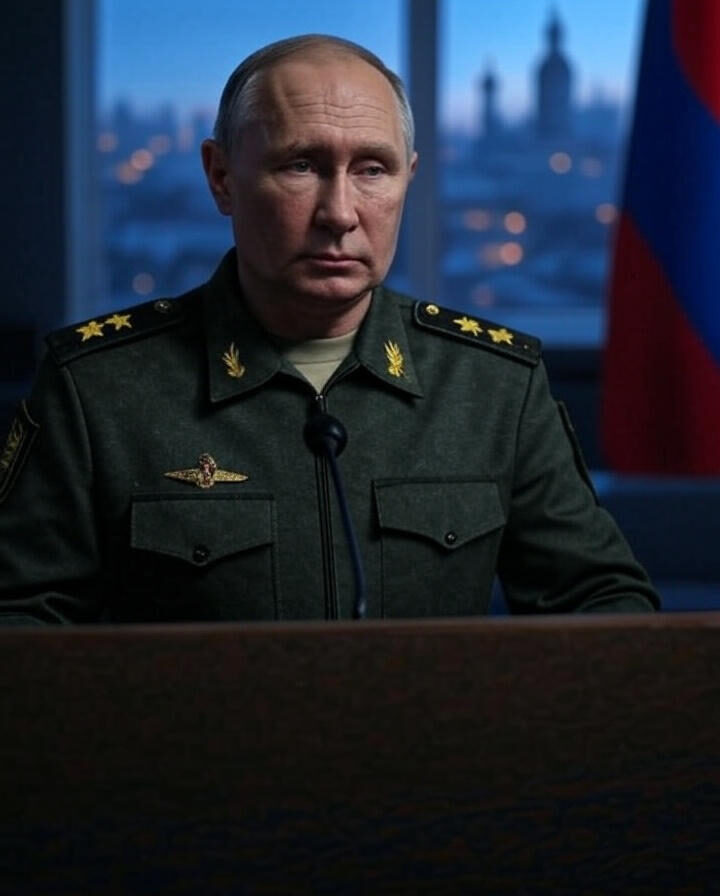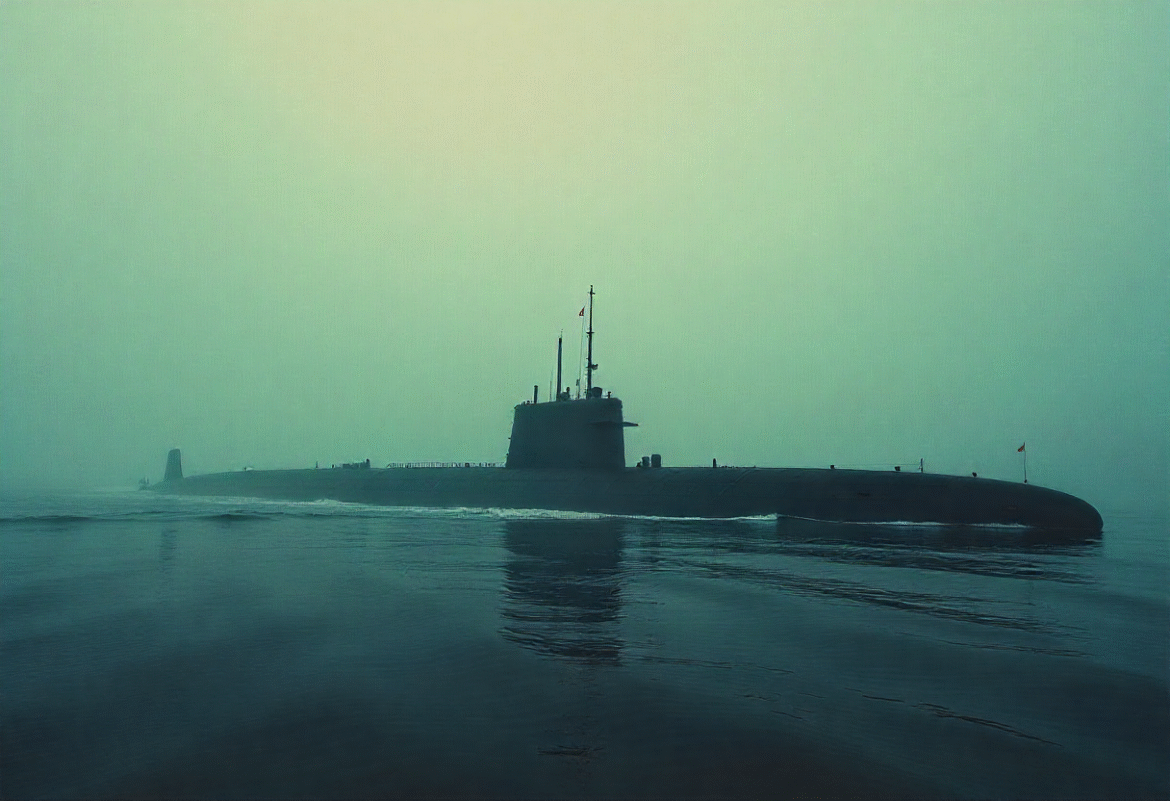Russia has issued a sobering response to President Donald Trump’s repositioning of two U.S. nuclear submarines prompted by threatening remarks from former Russian president Dmitry Medvedev. Kremlin officials emphasized the importance of restraint in nuclear discourse, seeking to de escalate rising tensions over the war in Ukraine and looming diplomacy. (TIME)
How It Started: Medvedev’s Provocation
- A public feud unfolded on social media after Trump issued a ceasefire ultimatum: give Russia 50 days (later shortened) to agree to peace terms or face tariffs.
- In response, Medvedev now deputy chairman of Russia’s Security Council issued veiled threats invoking Russia’s Cold War era “Dead Hand” system, an automated nuclear retaliation mechanism. (TIME)
- Trump reacted on Truth Social, condemning the comments as “highly provocative,” and ordered two nuclear submarines repositioned “just in case” those warnings weren’t just rhetoric. (TIME)
Russia’s Response: Calm but Firm
- In its first public reaction, Kremlin spokesman Dmitry Peskov downplayed the significance of the submarine shift, stating U.S. subs are “already on combat duty” and that Trump’s comments didn’t mark a new escalation. (Reuters)
- The Kremlin urged all parties to “be very, very careful” with nuclear rhetoric, reaffirming Russia’s commitment to non proliferation under the Nuclear Non Proliferation Treaty (NPT).(Globedge)
- Peskov reiterated that foreign policy decisions belong to President Vladimir Putin, not Medvedev. He made clear Russia had no intention to engage in further polemics with Trump or escalate. (The Guardian)
Geopolitical and Diplomatic Context
- The tensions come amid stalled peace efforts over Ukraine. Trump set an August 8 deadline for ceasefire negotiations, threatening new sanctions if ignored. (TIME)
- U.S. special envoy Steve Witkoff is reportedly heading to Moscow in an attempt to negotiate before that deadline. The Kremlin welcomed the visit as a potential breakthrough. (The Guardian)
- Analysts warn the episode revives Cold War style nuclear brinkmanship, reminding the world that even rhetorical escalation carries real dangers. The U.S. and Russia combined possess nearly 90% of the global nuclear arsenal. (TIME)

Key Details & Takeaways
| Element | Details |
|---|---|
| Trigger | Medvedev’s veiled nuclear threats referencing “Dead Hand” system |
| Trump’s Action | Ordered two U.S. nuclear submarines repositioned for deterrence |
| Russia’s Official Tone | Dismissive yet cautious; urged restraint in nuclear rhetoric |
| Diplomatic Window | Trump’s August 8 ceasefire deadline; Witkoff diplomatic mission pending |
| Nuclear Risk Emphasis | Peskov: “There can be no winner in a nuclear war” |
Broader Implications
- Nuclear Signaling as a Strategic Tool
Medvedev and by extension, the Kremlin uses nuclear rhetoric to convey strength without formal escalation, while the U.S. signals resolve through military posturing. (TIME, YouTube, Al Jazeera, The Daily Beast) - Domestic Disagreement in Russian Messaging
Peskov’s distancing from Medvedev underscores internal tension: Medvedev may provoke; Putin decides policy. (TIME, Reuters, The Daily Beast) - Quotes Hold Weight
The episode highlights how offhand public statements can trigger major security responses even without concrete military movements. Analysts note submarines may already be operational, suggesting significance lies in rhetoric as much as action. (Reuters, Al Jazeera, The Daily Beast) - Global Risks of Miscommunication
With nuclear deterrents in play, careful diplomacy is vital. Peskov’s insistence on restraint reflects global concern that even verbal escalations can bring unintended consequences. (The Washington Post, The Daily Beast)
Conclusion
The flashpoint between Trump and Medvedev quickly evolved from a digital spat into a nuclear‑tinged standoff, with the U.S. repositioning submarines as a precautionary signal. Russia’s leadership officially sought to cool tensions, calling for caution and reminding global audiences of the catastrophic cost of escalation. With Trump’s August 8 deadline approaching, the stakes remain high and conversations over ceasefire, sanctions, and strategic messaging will shape the next moves.

